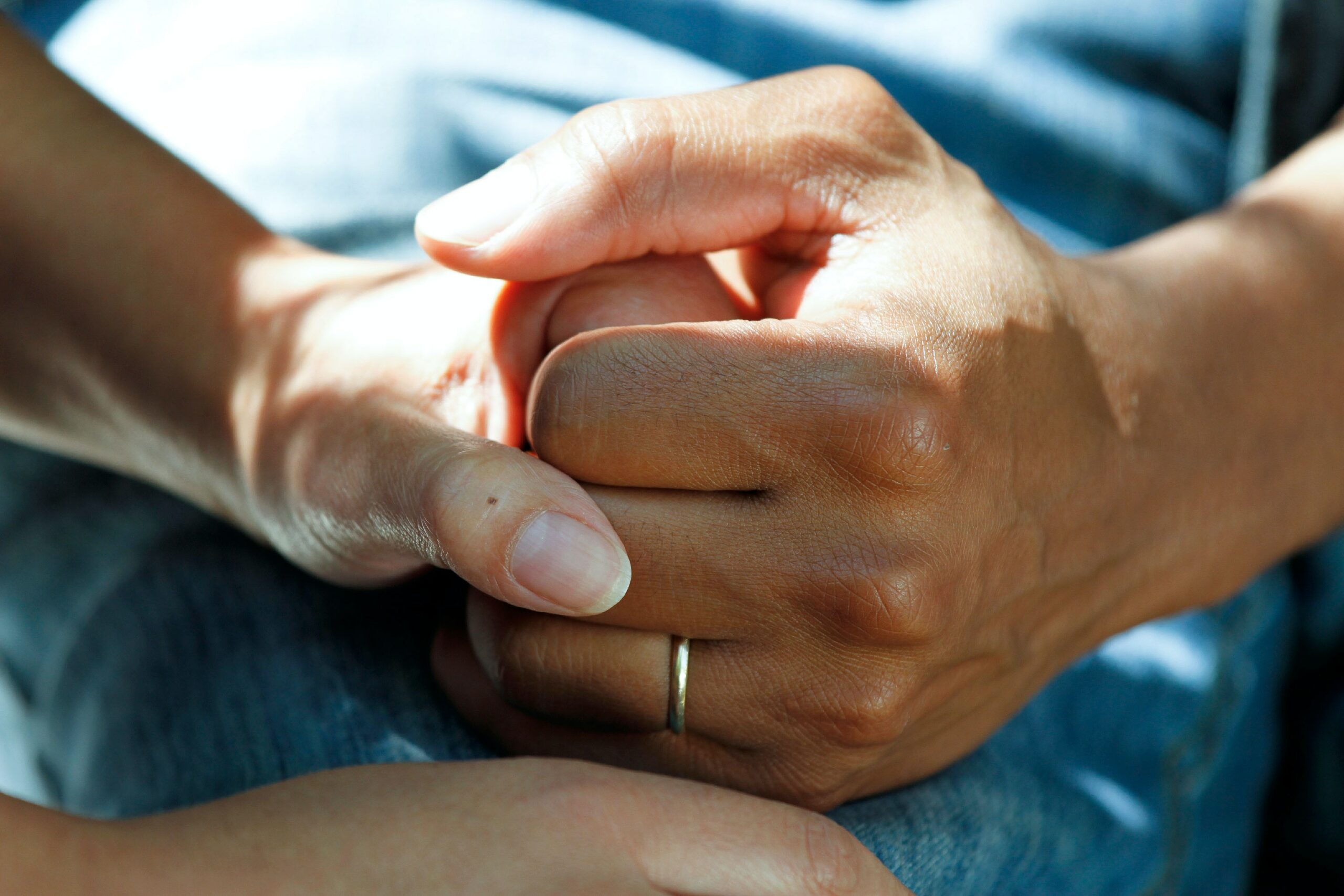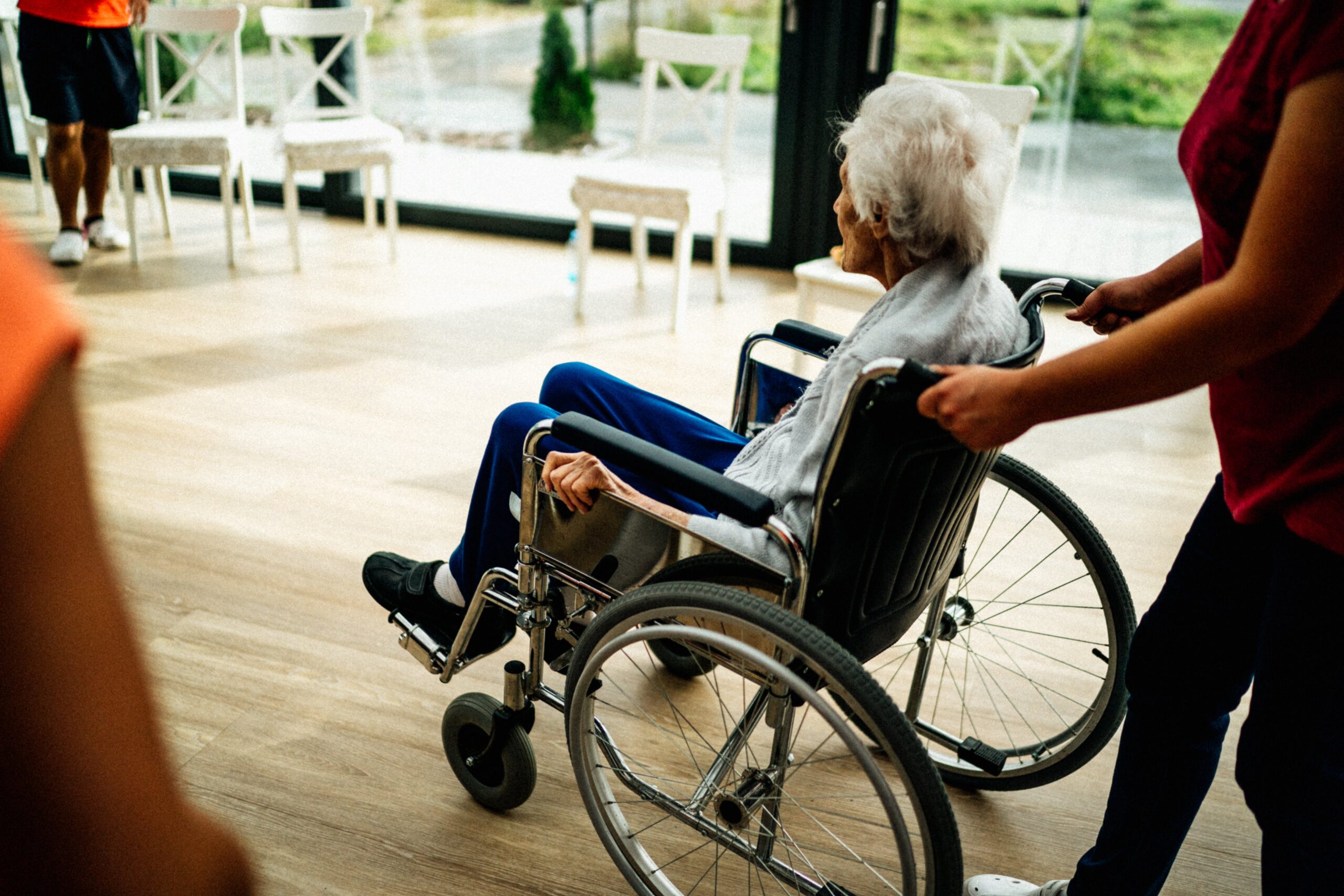Health & Safety In Care Homes

Health and safety in care homes is a crucial priority for care home providers. As the people who live in care homes are some of the most vulnerable in society, it is essential that they are safe and protected. Not only does care home health and safety help protect individuals from injury or accidents, but it also improves the overall quality of life for elderly or disabled residents who can trust they are well taken care of. A care home risk assessment ensures that everyone living in the care home is appropriately protected, giving them, and their families, peace of mind.
Health and safety in care homes is also vital in protecting employees and nursing staff who can often encounter challenging working conditions. Lastly, having a solid care home health and safety policy means that care homes will be compliant with all legislation set out by the Health and Safety Executive (HSE).
Who Is Responsible For Care Home Health And Safety?

Health and safety in care homes is subject to workplace health and safety law just like any other place of employment. HSE has strict guidance under the Health And Safety At Work Act 1974 in order to protect every employee in the UK.
In the specific area of care home health and safety, the Care Quality Commission (CQC) oversees care provisions in the UK, completing regular inspections of care homes and publishing the results. In cases where care home health and safety falls short, the CQC will take appropriate action. They also rate care homes on their services so that potential residents can review the standards before moving in. Any homes not adhering to care home health and safety protocols will be marked accordingly.
Health and safety in care homes is the responsibility of the owner and the manager of each care home. Care home owners should ensure that those employed to run the care home have the right health and safety training in order to administer the health and safety policy. Although care home health and safety tasks can be assigned to a competent person or persons, the ultimate responsibility falls to the registered manager.
Health and safety in care homes is also the responsibility of every individual working there. Employees have a duty of care to make sure health and safety risk assessments are followed. In fact, everyone living and working in a care home can do their best to make it a safe and secure environment.
Hazards In A Care Home

Within any specialised setting, there will be specific hazards. To effectively manage health and safety in care homes, these individual risks need to be identified and then control measures put in place. The most common hazards in a care home include:
Fire Safety
A fire risk assessment is a must-have for all workplaces. However, in a care home, there may be several people with limited mobility or who are living with illnesses that affect their cognitive abilities. Health and safety in a care home must therefore take into account these nuances and ensure that there are solid fire safety procedures in place, including plenty of fire escapes, and making sure corridors are clear of blockages.
Spread Of Infection
Care home residents are typically elderly and more vulnerable to illness, which makes infection risk management particularly important. A care home risk assessment should detail how to prevent infections or viruses from spreading, such as hand washing procedures and cleaning standards. This is particularly important for serious viruses, such as Covid19.
Slips, Trips And Falls
Older people can be more prone to falls, and may sustain more significant injuries when they do. Slips, trips and falls can be one of the more serious hazards in a care home for these reasons. Handrails should be installed, flooring checked regularly and spills cleaned up immediately to help reduce the likelihood of any falls.
Medical Equipment
Care homes have medical equipment on site to help make residents’ lives more comfortable. This could include motorised beds, breathing apparatus or blood pressure monitors. As part of a care home risk assessment, all staff should be properly trained on how to use this equipment, and any faults should be reported and fixed as soon as possible.
Food Safety
Care homes must adhere to the Food Safety Act 1990. Food poisoning and infection can occur just as they would in any establishment that prepares and cooks food, for example a restaurant.
Medication Errors
It’s incredibly important to get the dosage of any medication right for every care home resident. Any errors in administering medication could be very dangerous, even fatal. All staff should be trained on how and when to give medication, and follow patient care plans and the care home risk assessment meticulously.
Abuse Or Neglect
Sadly, abuse or neglect can be one of the hazards in a care home. Staff may physically or mentally abuse residents, or neglect them altogether. Residents can also be abusive or violent to staff. A care home risk assessment needs to include staff training on recognising signs of abuse and how to report it, the correct procedure for reporting any incidents, and structures within the care home to manage open communication and positive relationships.
Security
Health and safety in care homes naturally includes the security of all staff and residents. Only those authorised to do so should be able to enter the care home, and there should be measures in place to stop any residents who may be living with conditions like dementia from leaving the care home unattended. Security codes, locks on windows and doors, and a visitor reporting system are some ways that security hazards in a care home can be mitigated.
Emergency Procedures
In the event that there are accidents arising from hazards in a care home, it’s important that there are robust emergency procedures in place. All staff should be made aware of these through the care home risk assessment and be able to get residents to safety as quickly and effectively as possible, while also protecting themselves from harm.
Completing A Care Home Risk Assessment

A care home risk assessment is much like any other risk assessment. The specific details will differ, but the standard checklist for completing a care home risk assessment is:
- Identifying Hazards: The first step is to identify the individual hazards in a care home, which will look something like the examples above
- Establishing Risks: Once each hazard has been identified, the level of risk should be calculated in order to prioritise the areas that need more attention
- Implementing Controls: Going through in priority order, the care home risk assessment should then list the ways in which each hazard will be reduced, for example, regular fire safety practices
- Sharing Information: All staff should be made aware of the risk assessments so they can follow them and be responsible for care home health and safety
- Review: Regularly monitoring and evaluating each care home risk assessment will ensure that they stay up to date. A health and safety audit is a particularly effective way to review existing health and safety in care homes
Care Home Health And Safety From Rhino Safety
Rhino Safety is a team of health and safety experts working with businesses across the UK. We offer a range of health and safety services to our clients in multiple industries, including healthcare.
Health and safety in care homes is subject to multiple different types of legislation, including Manual Handling Operations Regulations 1992, RIDDOR and Electricity at Work Regulations 1989 to name just three. This is because of the risks to vulnerable people, and each piece of legislation needs to be diligently followed. We help you stay compliant with all of these regulations, taking care of everything from documentation to method statements and even supplying interim health and safety support staff where needed.
Contact us today for a no obligation quote.
